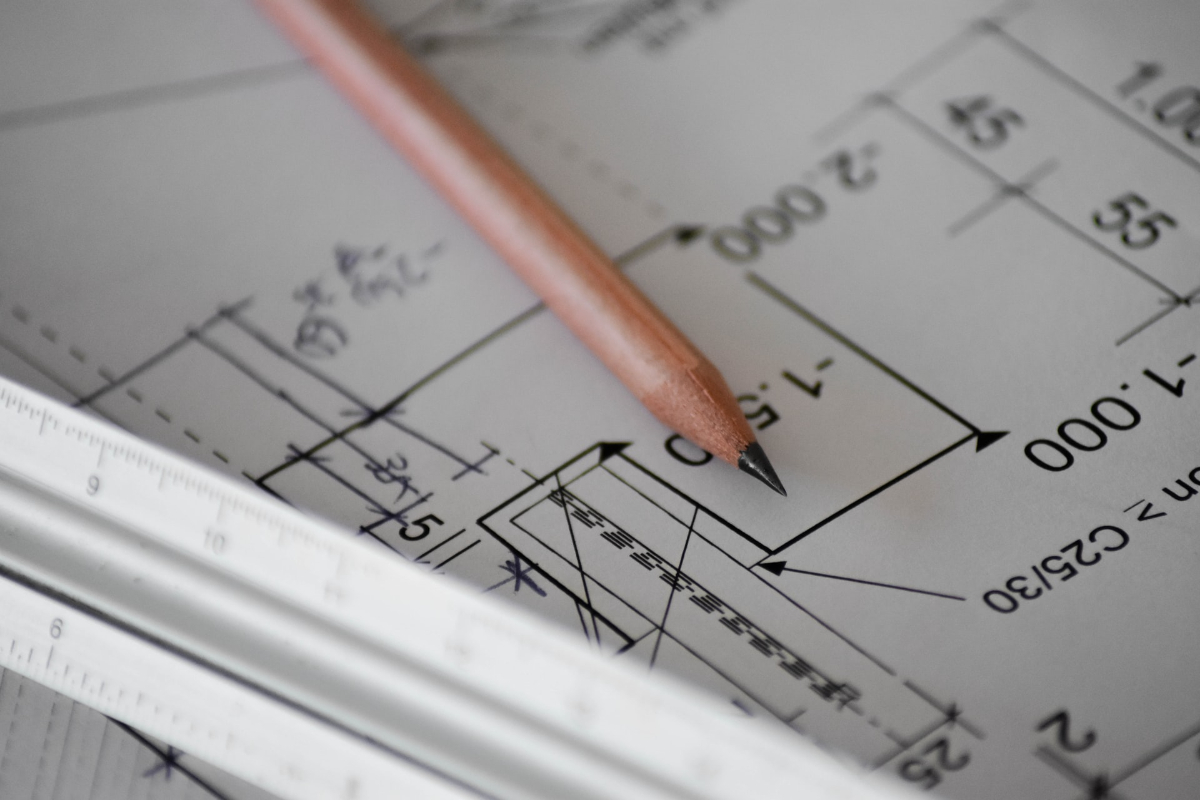A 2-storey extension can significantly increase your home's space and value. The cost of a 2-storey extension depends on various factors, including location, size, materials, and design.
On average, prices in the UK range from £1,200 to £2,500 per square metre. This guide explores the key factors that influence the cost, budgeting tips, and how to get the most value out of your investment.
Discover detailed insights on planning, permits, and building costs to make an informed decision about your home extension project.
How Do Double Storey Extensions Compare to Single Storey Extensions?
When considering home extensions, it's important to weigh the benefits and drawbacks of both single-storey and double-storey extensions. A single-storey extension is generally less expensive and quicker to build compared to its double-storey counterpart.
This is due to the less complex structural work and fewer materials required. Specifically, single-storey extensions are more affordable largely because they need reduced foundation and roofing work.
On the other hand, double-storey extensions offer the advantage of providing significantly more living space. By adding rooms on two levels, you not only increase your home's functionality but may also see a higher return on investment through increased property value.
While the initial cost of a double-storey extension is greater, it effectively doubles the space created without doubling the footprint of your property. Regarding planning considerations, single-storey extensions often face fewer restrictions and involve simpler planning processes.
In contrast, double-storey extensions usually undergo more detailed scrutiny. This is to ensure they comply with building regulations and maintain the structural integrity of the existing house. Ultimately, choosing between a single-storey and double-storey extension hinges on various factors, including your budget, space needs, and the amount of value you aim to add to your property. Assess your priorities and constraints carefully to make an informed decision.
How Much Does a Double Storey Extension Cost?
The cost of a double-storey extension can vary widely based on several factors such as location, size, materials used, and complexity of the work. On average, the double storey extension cost in the UK ranges from £1,200 to £1,500 per square metre. This means that a typical 30 square metre two storey extension could cost around £36,000 to £45,000.
The costs can be higher in more expensive areas, such as London and the South East due to higher labour and material costs. In these regions, you might expect to pay between £1,500 and £2,000 per square metre. Additional costs can arise depending on specific requirements like plumbing, electrics, windows and doors, and high-end fixtures and fittings.
The complexity of the design will also impact the total build cost. More complex designs with features like en suite bathrooms, balconies, or intricate roof pitches will require more skilled labour and specialised materials, increasing the overall expense.
Make sure to set aside a budget for planning permission and building regulations, as well as any unexpected costs during construction. Consulting with architects and builders early on can provide a clearer picture of the project costs. Remember, a well-planned double-storey extension can significantly improve your living space and add value to your home, making it a worthy investment.

Does a Double Storey Extension Need Planning Permission?
Yes, a double-storey extension generally requires planning permission. However, some extensions may be covered under permitted development rights, which allow construction without a formal planning application. To determine if your planned extension qualifies for permitted development, it must adhere to certain criteria set by local planning authorities.
Permitted development rules often consider factors such as the height and depth of the extension, its location in relation to the original house, and its impact on neighbours and nearby properties. For example, a two-storey rear extension cannot extend beyond the rear wall of the original house by more than three metres or be within seven metres of the rear boundary.
If your property is in a conservation area, an area of outstanding natural beauty, or if it is a listed building, the requirements for planning permission will be stricter. In these cases, you will need to submit a detailed planning application to your local council. To avoid issues, it is important to consult with a planning consultant or architect who can help navigate the planning process.
They can ensure your extension complies with all relevant regulations and assist in submitting a planning application if necessary. Before starting any construction, you should always check with your local council to confirm that your plans meet the current regulations. This will help avoid any potential fines or legal action that can arise from unauthorised building work. It is always better to be safe and obtain the necessary permissions before proceeding with your extension plans.
How Long Will a Double Storey Extension Take?
The duration for building a double-storey extension can vary depending on several factors including the size, complexity of the design, and the efficiency of the contractors. On average, a double-storey extension could take anywhere from 6 to 12 months to complete from start to finish.
The initial stages involve planning, designing, and obtaining the necessary planning permission, which can take several weeks to a few months. Once the building work begins, the foundation and groundwork typically take a few weeks.
The construction of the shell, including walls and roof, can take around 1 to 2 months. Internal work such as electrics, plumbing, plastering, and fitting out the new space can take another few months. Delays can occur due to adverse weather, supply chain issues for materials, or unexpected challenges during the build.
It is essential to have a clear timeline from your builders and to frequently check on the progress. While it can be tempting to rush the construction, quality should not be compromised. Proper planning and regular updates from your contractors can help ensure that the extension is built to a high standard within a reasonable timeframe.
Make sure to communicate effectively with your contractors and have all agreements documented. This includes milestones, payment schedules, and responsibilities. Regular site visits can help keep the project on track and allow you to address any issues promptly. By being proactive and organised, you can help ensure a smoother construction process and a double-storey extension that meets your expectations and needs.

Types of Double-Storey Extensions
Double-storey extensions come in various types, each suited to different purposes and styles. The most common types include rear extensions, side extensions, wrap-around extensions, two-storey dormer extensions, and infill extensions.
Rear extensions extend from the back of the existing house into the garden. They are ideal for adding a new kitchen or living space on the ground floor and additional bedrooms or bathrooms on the first floor. This type of extension maximises the garden space while providing substantial living space.
Families looking to create larger, open-plan areas often prefer rear extensions for the increased flexibility they offer. Side extensions extend from the side of the house, utilising unused land around the property. They are particularly useful for semi-detached properties aiming to add extra space without encroaching on garden areas.
Side extensions can seamlessly blend into the existing structure, offering a natural expansion of the living area without compromising outdoor space. Wrap-around extensions combine side and rear extensions, providing significant new living space. They are perfect for creating open-plan layouts and can drastically improve the flow and functionality of the home.
Wrap-around extensions offer versatility in design and use, making them a popular choice for those desiring a more substantial transformation of their living space. Two-storey dormer extensions are popular for properties with loft conversions. They add a dormer to the roof, creating additional headroom and usable space on both the first and second floors.
This type of extension can be particularly effective in maximising the potential of a home with limited ground space. Infill extensions are often used in terraces or urban areas where space is limited. By filling in side return gaps or other unused spaces, they can create cosy yet functional rooms. Infill extensions offer a smart solution for those looking to maximise every inch of their property's footprint.
Each type of extension offers its own benefits and can be customised to match the existing house. It is important to work with skilled architects and builders to choose the right type of extension for your property and to ensure that all work complies with building regulations and planning permission requirements.
Our team are on hand to discuss your two storey extension. Find out more via the link below.


